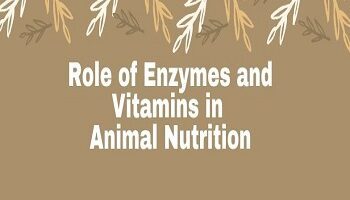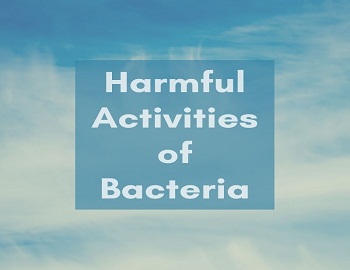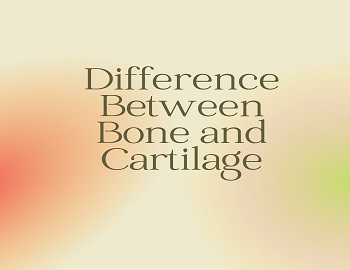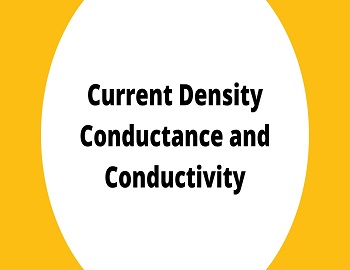Coagulation and Hardy-Schulze Law:
The charged colloidal particles (having some charge) repel one another and are thus prevented from coming close together to form bigger particles. However, when a large excess of an electrolyte is added to a colloidal sol, the charged colloidal particles take up oppositely charged ions from the electrolyte due to which their charge gets neutralized and the neutral colloidal particles come closer together to form bigger particles which then settle down as precipitate under the influence of gravity. This phenomenon of the precipitation of a colloidal sol by the addition of an excess of electrolyte is known as Coagulation or Flocculation.
Coagulating Power- The minimum amount of an electrolyte (in millimoles) that must be added to one litre of a colloidal sol to bring about its complete coagulation is known as precipitating or coagulating power or Flocculating value of the electrolyte.
Hardy-Schulze Law:
The coagulating power of different electrolytes is different and it depends upon the charge (valency) of the active ion (flocculating ion) produced by the electrolyte in colloidal sol and carrying charge opposite to that of the colloidal particles. Hardy and Schulze studied the phenomenon of coagulation of colloidal sols and proposed a law known as Hardy-Schulze Law which states that “Greater is the valency of the active ion of the electrolyte being added; more is its coagulating power”. For example– the coagulating power of Al3+, Ba2+ and Na+ ions in order to coagulate negatively charged sol like As2S3 are in the order-
| Al3+ > Ba2+ > Na+ |
Similarly, in coagulating a positively charged sol like Fe(OH)3 or Al(OH)3, the coagulating powers of Cl–, SO42-, PO43-, and [Fe(CN)6]4- ions are in the order-
| [Fe(CN)6]4- > PO43- > SO42- > Cl– |









Comments (No)